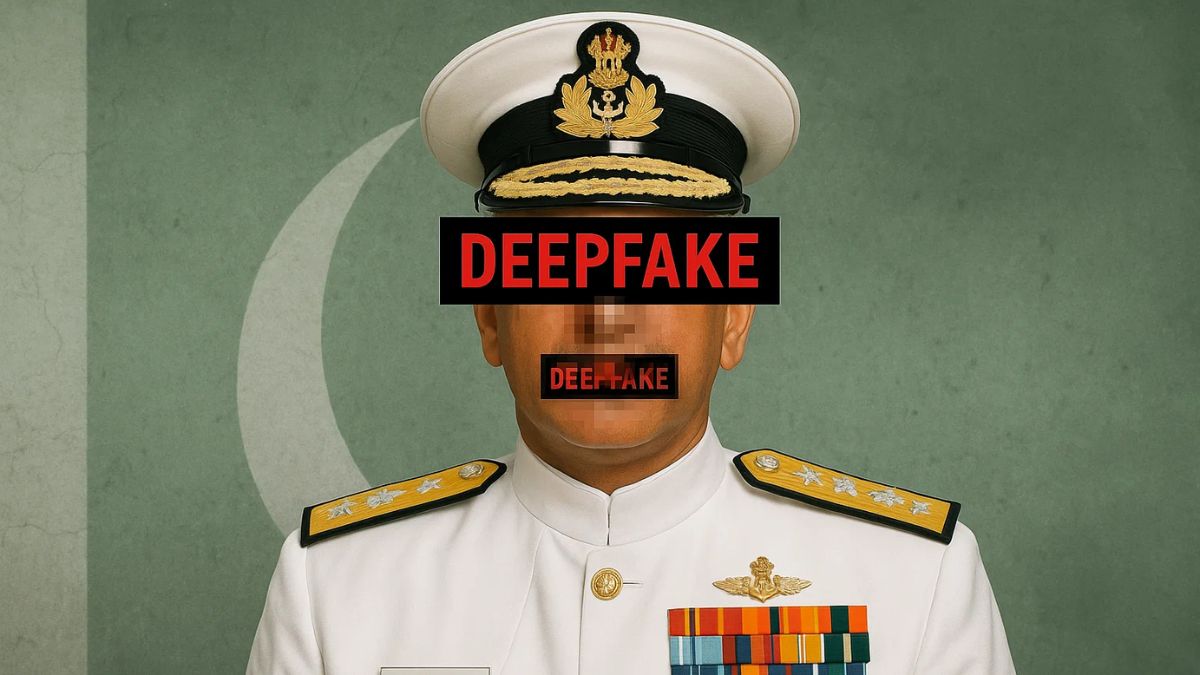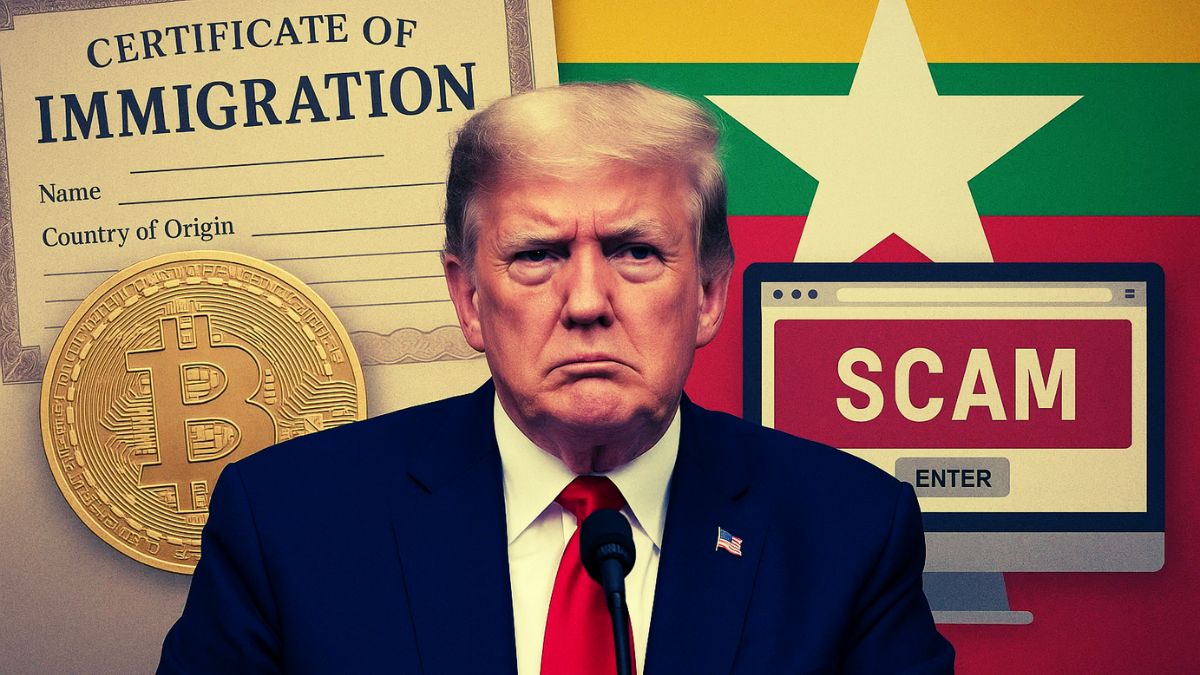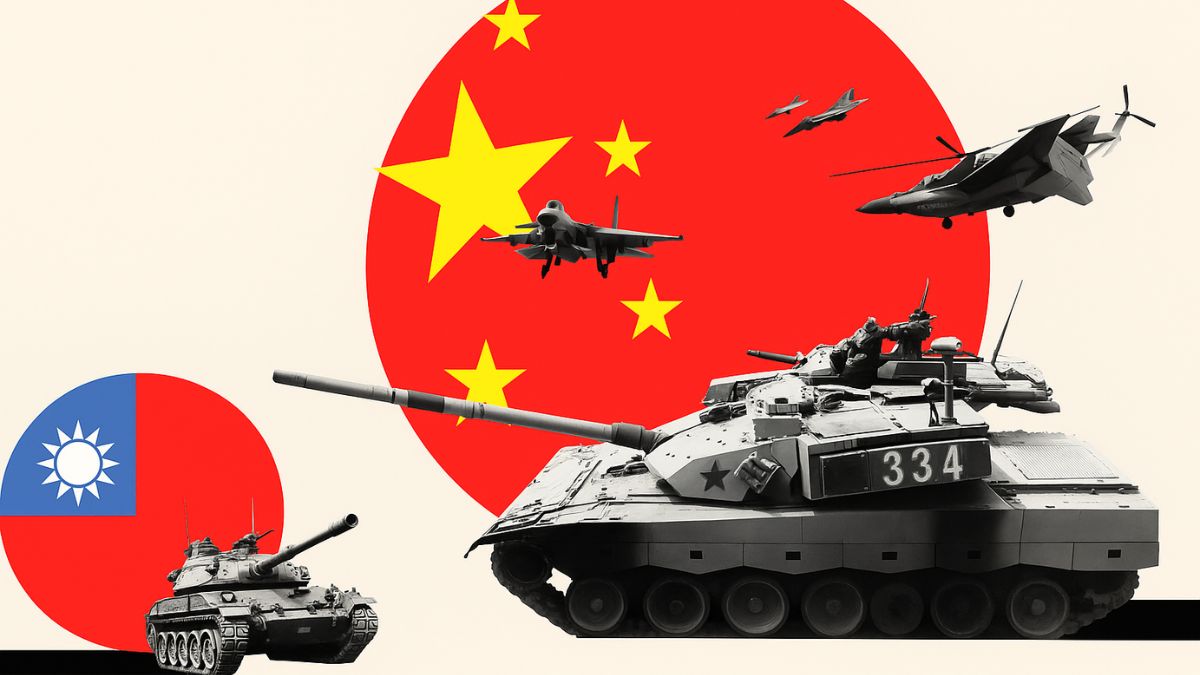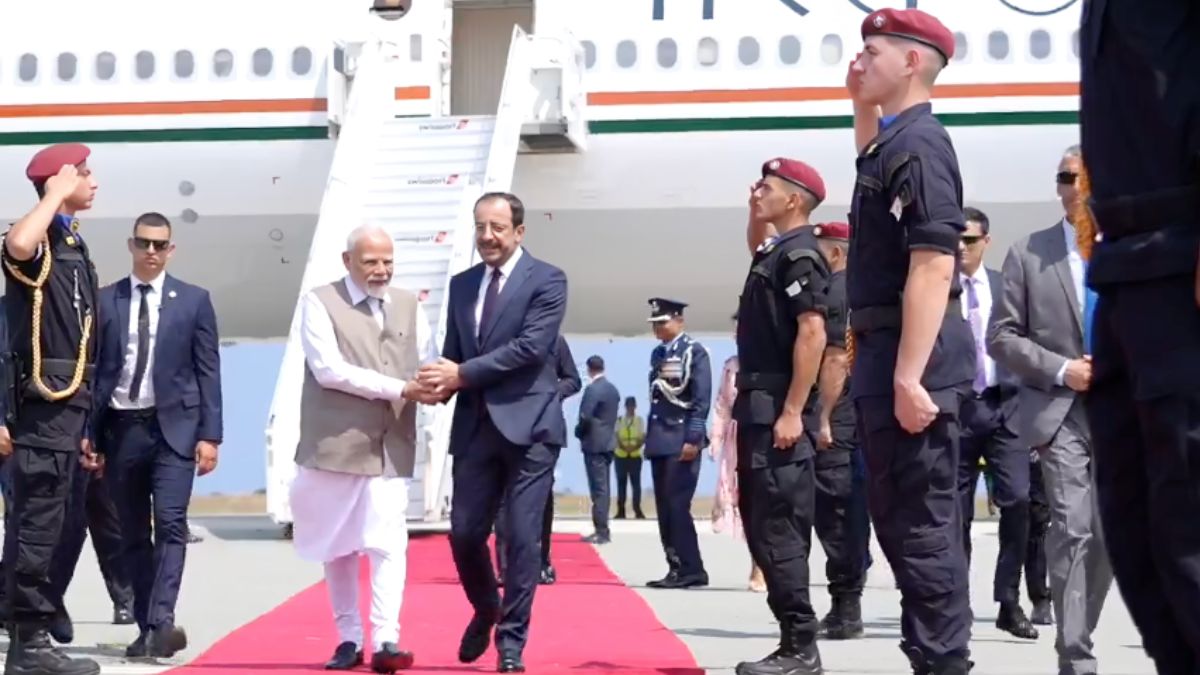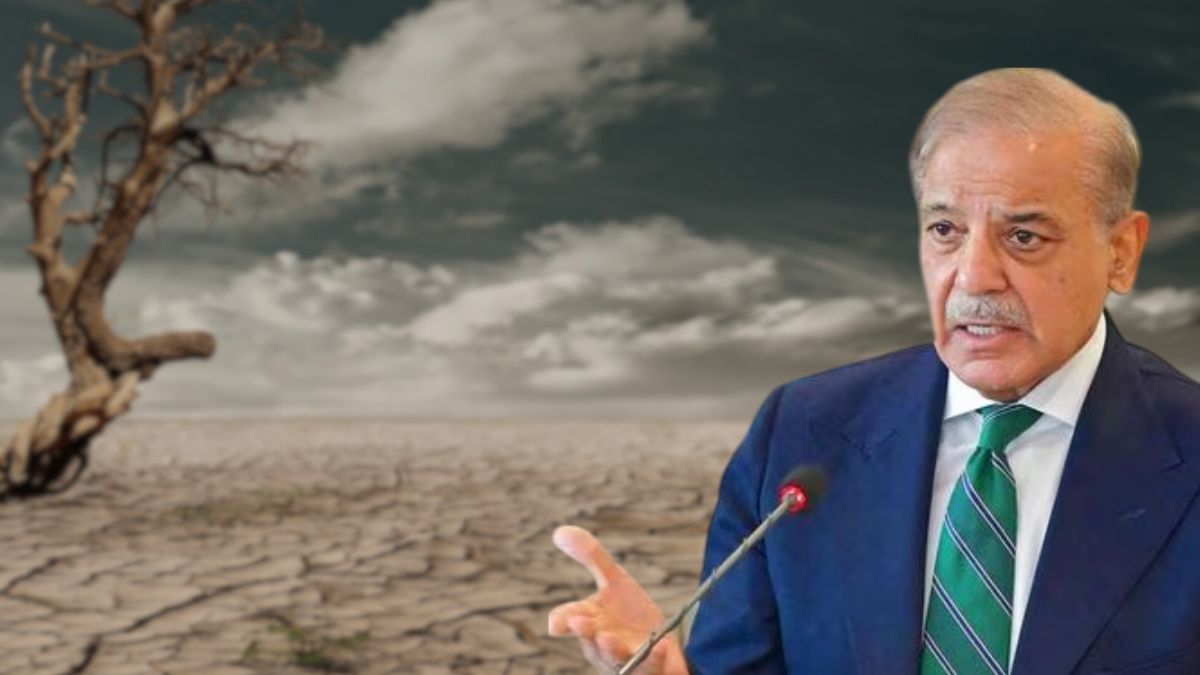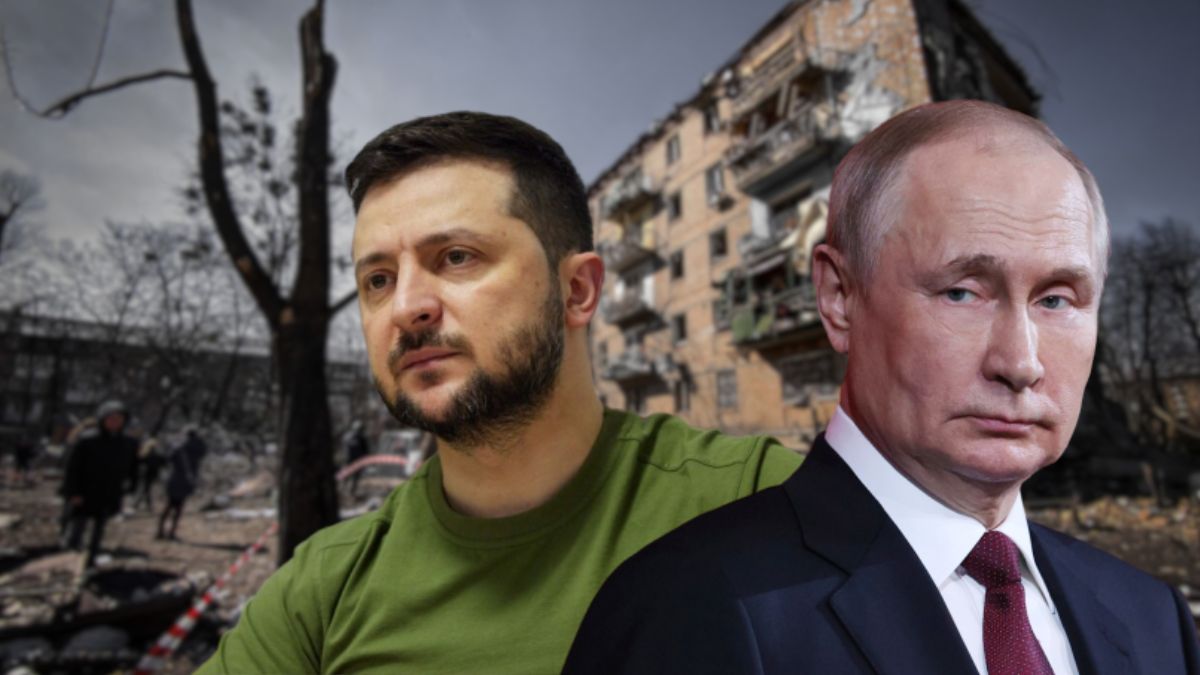Modi’s September US Visit: Balancing Tariffs, Trade, And Geopolitics Amid Shifting Alliances
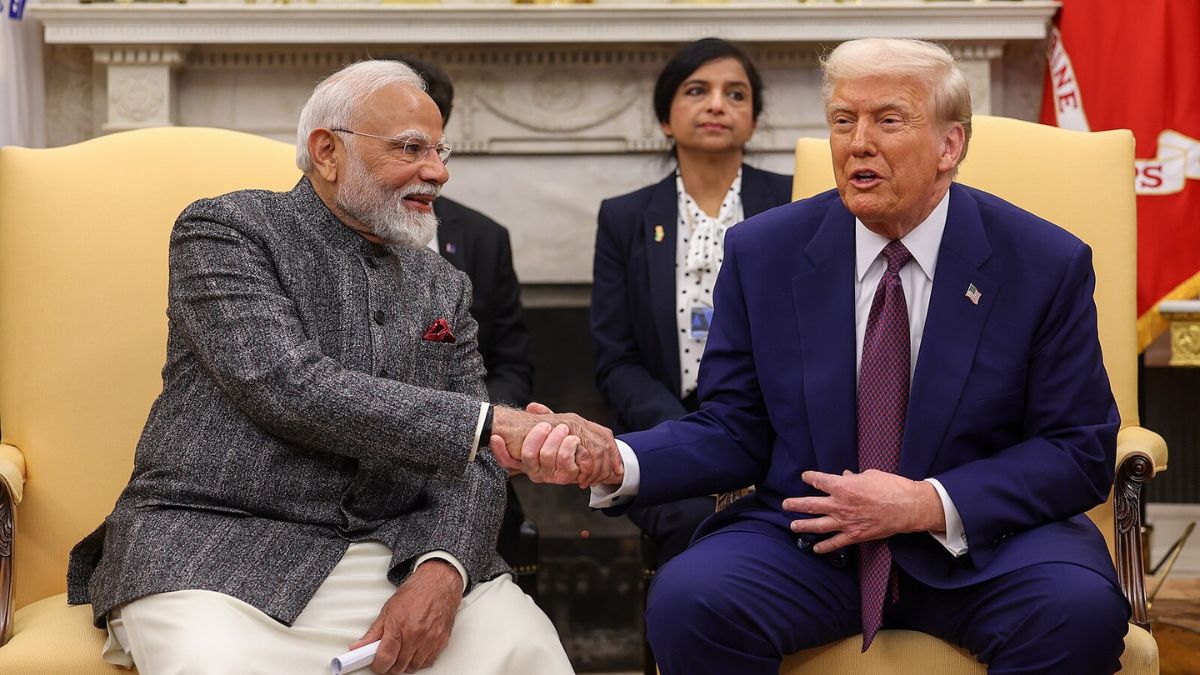
The White House has reaffirmed President Donald Trump's commitment to strengthening the India-US relationship. Image courtesy: PIB
Preparations are in motion for Prime Minister Narendra Modi’s visit to the United States (US) in the last week of September, a high-stakes trip that blends diplomacy, trade negotiations, and strategic signalling.
While the stated purpose is to attend the United Nations General Assembly (UNGA) in New York, the underlying agenda is more complex: securing a meeting with US President Donald Trump to resolve tariff disputes, push forward a stalled Indo-US trade deal, and potentially announce a breakthrough in bilateral relations.
Why are the US-India Trade and Tariff Tensions the focus?
At the heart of the visit lies the Indo-US trade deadlock. The Trump administration has imposed a hefty 50% tariff on India, 25% citing high Indian tariffs and another 25% as a penalty for buying Russian oil. This move has strained an otherwise strong strategic partnership.
Negotiators on both sides had been close to finalising a Bilateral Trade Agreement (BTA), part of the ambitious ‘Mission 500’ target to boost trade volumes to $500 billion by 2030. However, Trump rejected the deal’s initial terms, forcing a return to the negotiating table.
The aim now is to unlock remaining disputes over market access, tariff barriers, and supply chain integration before Modi’s visit. If successful, the summit could be used to “dot the i’s and cross the t’s” on the agreement.
Is the Russia-Ukraine war a factor in India-US ties?
India’s position on the Russia-Ukraine war also looms large over the trip. New Delhi has maintained open channels with both Moscow and Kyiv, with Modi recently speaking to Russian President Vladimir Putin and Ukrainian President Volodymyr Zelenskyy.
A resolution to the conflict would strengthen India’s diplomatic standing and remove a key irritant in its trade talks with Washington. Trump’s planned meeting with Putin on August 15, 2025 could set the tone for September’s discussions.
India, however, has made clear that it will not abandon its longstanding partnership with Russia. External Affairs Minister Dr. S. Jaishankar’s upcoming visit to Moscow underscores that India’s foreign policy remains multi-aligned, even at the risk of irritating Washington.
How does China get into the US-India strategic mix?
Adding another layer of complexity, Modi is also set to meet Chinese President Xi Jinping at the Shanghai Cooperation Organisation (SCO) Summit later this month. While India and China have taken steps to ease tensions, resuming the Kailash-Mansarovar Yatra, restoring visas, and preparing to restart direct flights, relations remain fraught.
China has blocked the supply of rare earths and specialty fertilisers to India and continues to support Pakistan militarily and diplomatically.
Chinese Foreign Minister Wang Yi’s upcoming visit to India to meet NSA Ajit Doval signals continued dialogue on the boundary dispute. Yet, India is aware that China’s tactical friendliness does not erase its strategic hostility.
How is India-US military cooperation continuing unabated?
Even as trade and diplomatic relations with the US face friction, military cooperation remains robust. The 21st edition of Exercise Yudh Abhyas, India’s largest-ever joint drill with the US Army, will take place in Alaska from September 1-14, 2025.
Featuring over 400 Indian Army personnel, the exercise will focus on counter-terrorism operations under UN peace enforcement mandates and include trials of the amphibious Stryker combat vehicle, requested specifically by India.
This comes after Operation Sindoor impressed US military planners with India’s integrated joint warfare capabilities. Such exchanges reinforce operational trust, interoperability, and a defence partnership that is unlikely to be derailed by temporary trade disputes.
Is this Modi’s strategic balancing act?
Modi’s planned September trip embodies India’s strategic balancing act: engaging Washington for trade and strategic gains, keeping ties with Moscow intact, and cautiously re-engaging Beijing while keeping security concerns in focus.
The visit’s success will depend on resolving trade terms acceptable to both sides and navigating geopolitical complexities without alienating key partners. A positive outcome could pave the way for a Trump visit to India in October for the Quad summit, while a failure risks prolonging the economic rift.
For now, all eyes are on the flurry of diplomatic engagements in August, which will set the stage for a potentially pivotal moment in India-US relations at the UNGA this September.
(Image updated.)

